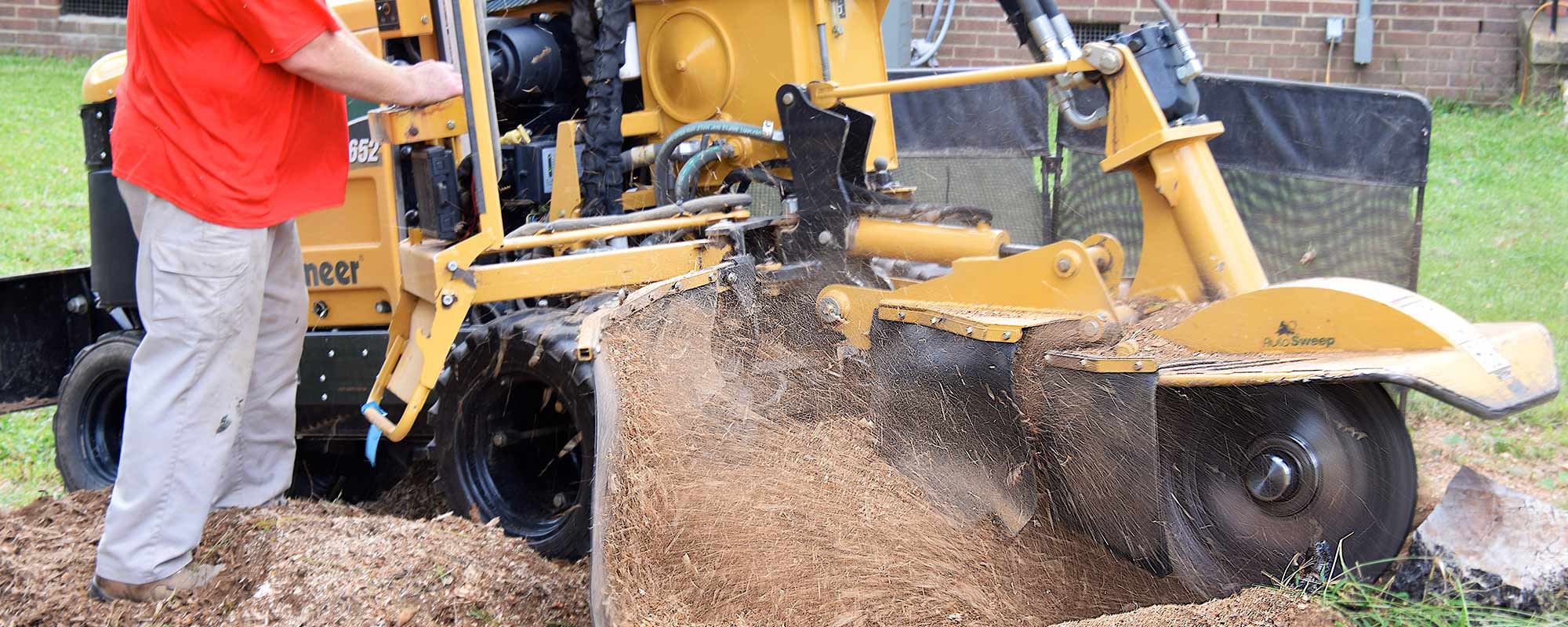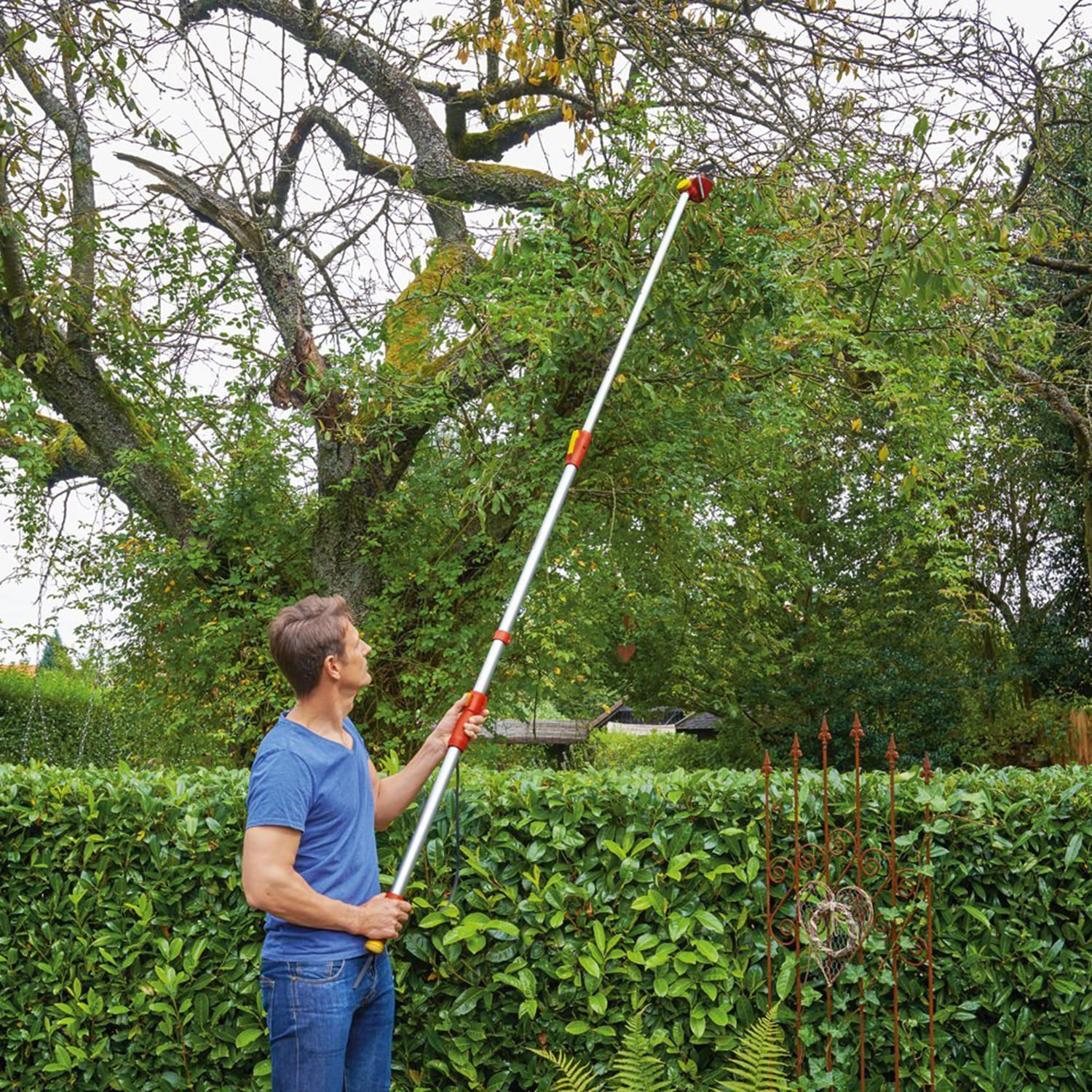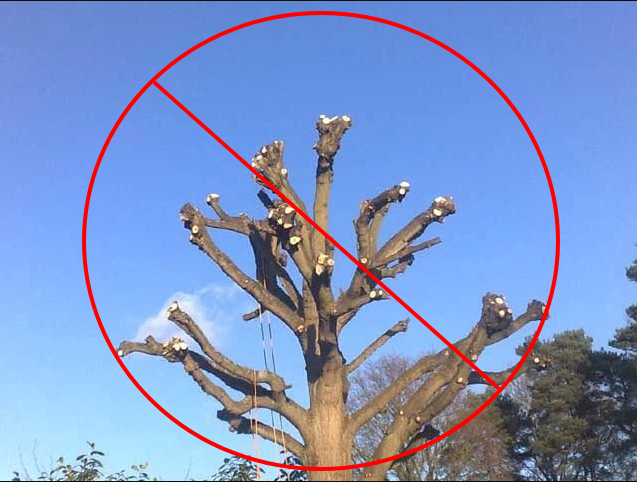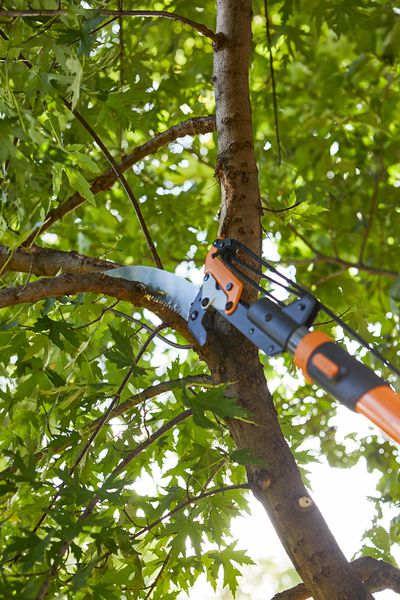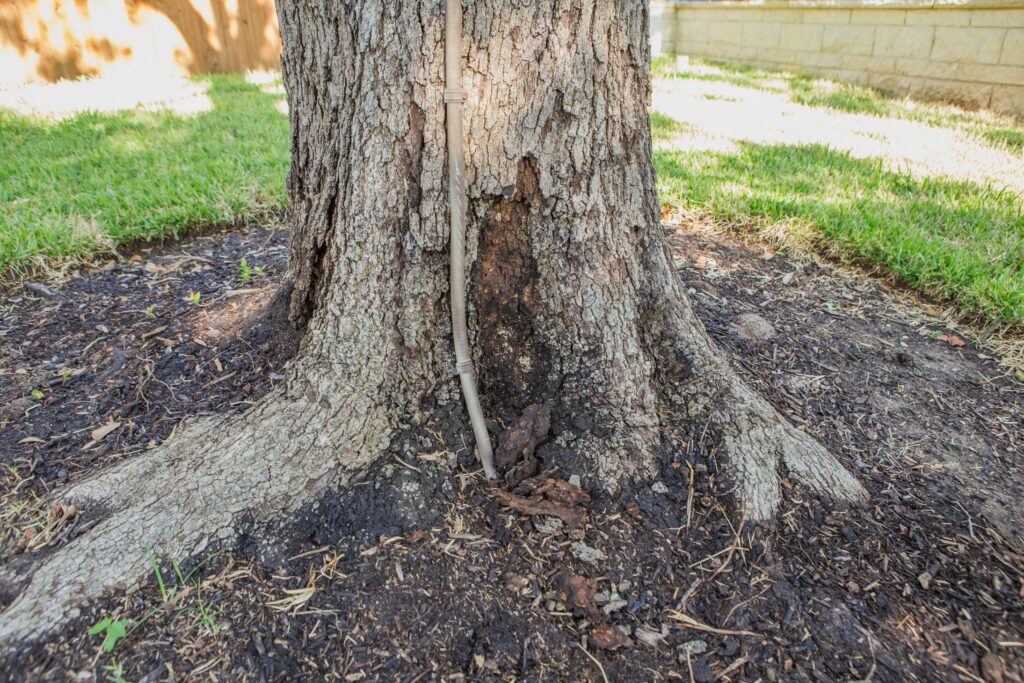[ad_1]
Stump Grinding is a fast and efficient way to remove a tree stump. This process uses high-speed disks to grind up the stump into small chips. Unlike traditional removal methods, Stump Grinding does not require the use of chemicals, which can decompose the stump. In addition, it will remove some of the tree’s roots.
Stump grinding is a permanent solution to tree stumps
Stump grinding involves running an industrial grinder over the tree stump to remove it. This process is much less costly than hiring an excavator and leaves no trace of the stump. Unlike full tree stump removal, stump grinding does not require heavy machinery and can be performed by a professional.
Tree stumps can be problematic for a variety of reasons. In addition to being unsightly, they can become a trip hazard and can cause sinkholes. Rather than digging up the stump and root ball, stump grinding can remove it quickly and easily, leaving only the lower portion of the tap root in the ground.
It requires no chemicals to decompose the stump
When it comes to stump removal, there are many options. The most environmentally friendly method involves decomposition, which breaks down tree stumps naturally. This process can take several years, but you don’t need to use chemicals. Instead, you can use compost, fertilizer, or manure to fill in the holes left by the stump. This process may require repeated applications of these materials.
Another alternative is stump removal, which requires digging a large hole to remove the stump. Not only will this require an extensive hole, but it will also prevent you from using your yard for a long time. Stump grinding, on the other hand, requires no chemicals to decompose the wood, leaving the surrounding area completely unharmed.
It is quick
Unlike traditional tree stump removal, which requires hard labor and a huge hole, stump grinding leaves the roots in place. It leaves only a small or no hole. What’s more, it is more affordable than removing a tree. Whether you’re looking to clean up the look of your yard or clear your property of a nuisance hazard, stump grinding may be the perfect solution for you.
The process of stump grinding can be completed in less than an hour or two. This method is far faster and requires very little clean-up. The chips left behind can be used for other projects. Using a stump grinder also reduces the risk of rot and pests in the yard.
It is efficient
If you want to free up the space in your yard and backyard, you can use stump grinding. Tree stumps take up valuable space and can also be a trip hazard, particularly for children. By hiring stump grinding services, you can free up space so you can landscape your yard and enjoy its beauty. Moreover, you will be able to avoid the danger of falling trees and other tripping hazards.
The process of stump grinding is easy to do and does not damage the ground or property. In addition, it is inexpensive. Many tree care service providers offer this service as part of their list of services. It is also considered the most efficient method for tree removal. It does not cause any damage to the soil and can even enhance the look of your property.
[ad_2]
